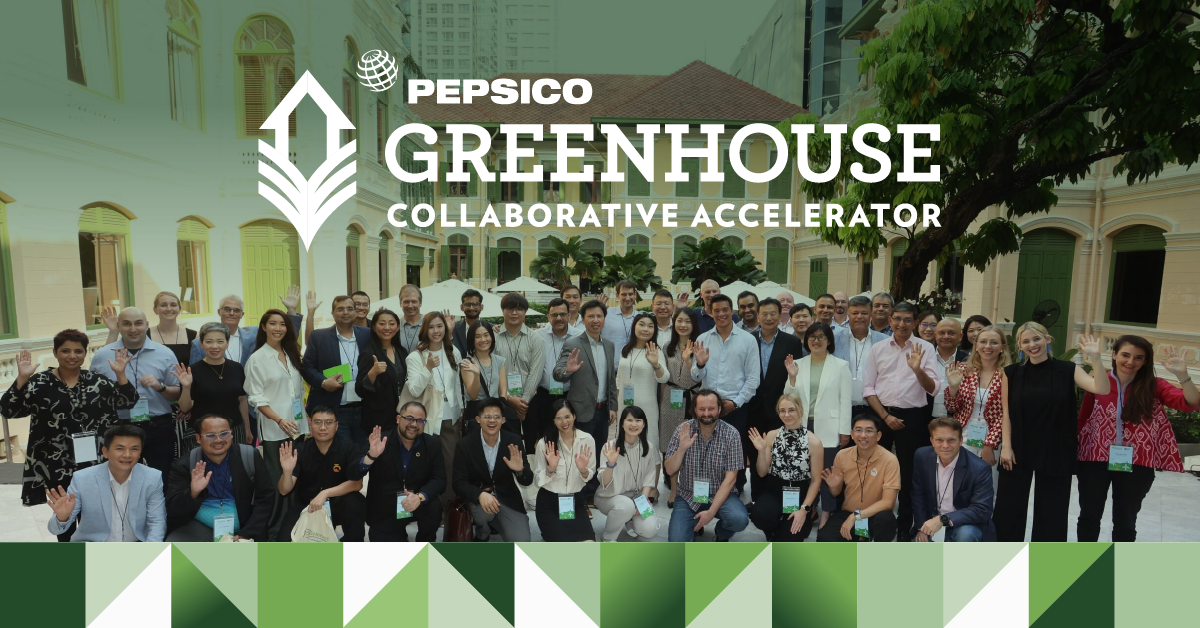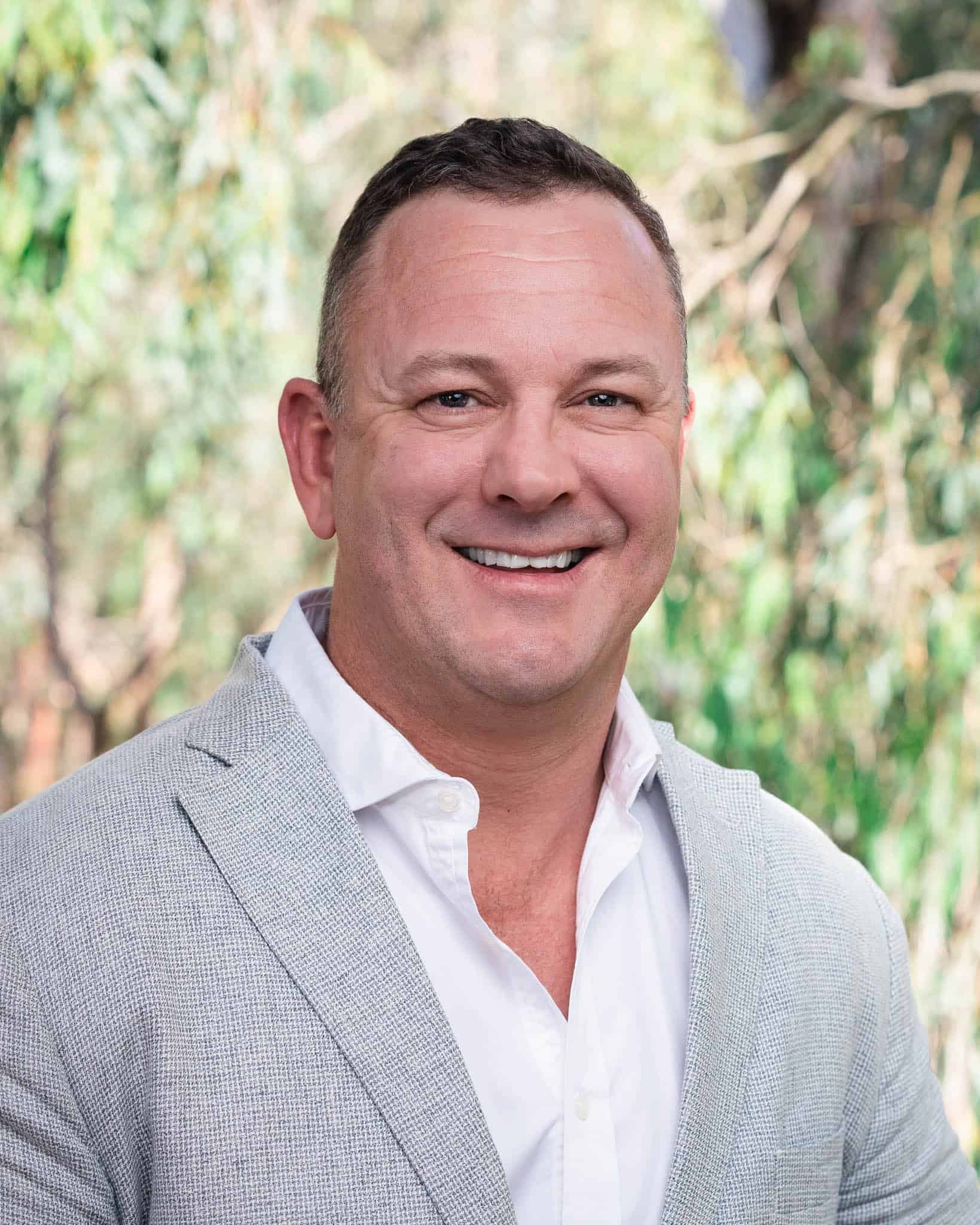Yes, Australian executives would reveal greenhouse gas emissions regardless of politics – Workiva poll
AUSTRALIAN business leaders are ahead of most countries when it comes to being transparent about their companies’ greenhouse gas emissions mitigation programs and results.
According to strategic business systems advisory group Workiva Inc, the vast majority of Australian organisations would disclose their emissions data irrespective of any political developments locally. However, many admit they lack confidence in their data and reporting technology.
Workiva followed its flagship Accelerate 2025 Sydney event, held at the Hyatt Regency on May 29, by releasing the Australian findings from its 2025 Executive Benchmark Survey of 1,600 global leaders. The information on what has been holding back greater release of corporate emissions data is just one of many key findings.
The report revealed 81% of Australian executives who were intending to disclose greenhouse gas emissions planned to move forward with disclosures irrespective of any political developments within their country. This issue has become a hot topic in the wake of political moves in the US to downgrade climate-related mitigation activities by business.
The Workiva study found that 81% of Australian executives who were intending to disclose greenhouse gas emissions irrespective of any political developments within their country would continue to do so.
“That the majority would disclose emissions irrespective of policy is a great outcome, and shows that an understanding of the benefits of emissions reporting is becoming embedded,” Workiva country leader for Australia and New Zealand, Narain Viswanathan said. 
“Reporting climate disclosures should be the default setting for organisations across the country, but reporting is complex: it takes numerous factors to overcome, including improved data management, collaboration, and efficiency enabled by technology.”
How business views managing ‘climate’ disclosures
Importantly, just 17% of Australian organisations responded they had no plans to disclose their emissions data, a rate that was lower than the US (26%), Canada (21%) and Germany (27%).
Significantly, 97% of Australian executives reported that integrated financial and sustainability data helped them to identify performance gaps that enhance financial growth opportunities – and that is in line with the global average (97%).
The Workiva survey found that 94% of Australian organisations currently integrate reporting, with 5% planning to within 12 months. However, around a third (33%) of Australian executives do not fully trust their financial data, compared to just a quarter of their global counterparts.
Concerningly, 94% of Australian executives agreed the business reporting technology their company currently uses is insufficient for complying with new climate regulation – and this is well above the global average of 73%.
The vast majority (94%) of Australian executives agreed that their current approach to the adoption of generative artificial intelligence (AI) tools could introduce risk, an assessment that is well above the global average (77%).
Encouraging attitudes in Australia
The survey found that Australian organisations which responded they had ‘no plans whatsoever to disclose their emissions data’ even if the political climate remained unchanged was lower – just 17% – than the likes of the US (26%), Canada (21%) and Germany (27%).
“This is a promising finding, and while it may be due to climate disclosure requirements being more imminent than in other countries, it does show Australian organisations overall are ahead of some of the world’s largest economic powers,” said Mark Mellen, the industry principal for sustainability at Workiva.
“As the survey revealed, some of that remaining reluctance to disclose among organisations may come down to a lack of confidence in the technology required to enable accurate reporting.”
Australians down on confidence in data and reporting
According to the 2025 Executive Benchmark Survey, around a third (33%) of Australian executives do not fully trust their financial data, compared with just a quarter of their global counterparts.
More concerningly, 94% of Australian executives believe the business reporting technology their company currently uses is insufficient for complying with new climate regulation – and this is well above the global average of 73%.
“This could again come down to the imminent nature of climate disclosure regulations compared to other countries … the closer they get, the more pressure they feel,” Mr Mellen said.
“But it's a prime opportunity for those organisations to take a look at upgrading the technologies and tools they can avail of to alleviate that pressure.”
Additionally, while 77% of organisations across the globe agree that their current approach to the adoption of generative AI tools could introduce risk, 94% of Australian executives agree with that assessment.
“We’re still in the relative infancy of AI, and with any new technology there’s understandable caution – but this should not cloud the incredible opportunity it presents with regards to its incredible efficiency and ability to provide actionable intelligence,” Mr Viswanathan said. “Ultimately it comes down to trust, and if you trust your data you can trust how AI interprets it.
“Those executives across Australia need to look at how they can best upgrade their systems so that they can trust their data and, ultimately, trust the new tools available to them to make the most of it.”
Benefits of integrated reporting endorsed by Australian businesses
Despite concerns around technology and data, overwhelmingly Australian organisations understand the benefits of reporting and, particularly, integrated reporting.
The report revealed that 97 per cent of Australian executives say integrated financial and sustainability data helps identify performance gaps that enhance financial growth opportunities, in line with the global average (97%).
Aligning with that belief, the survey found that 94 per cent of Australian organisations currently integrate reporting, with five per cent planning to do so within 12 months.
“In a rapidly changing world, businesses that can effectively integrate finance, sustainability, and investor relations are better positioned to thrive,” said Supervisory Board Member, World Benchmarking Alliance and GRI, Lawyer and Economist, Jane Diplock AO.
“Investors are now focusing on companies that not only deliver solid financial returns, but also who correctly assess risks and opportunities, and positively contribute to society and the environment. Companies that embrace this integrated approach will likely benefit from stronger investor confidence, a more loyal customer base, and enhanced resilience to future risks.”
“As executives across Australia further embrace sustainability as a profitability driver, they understand that ESG initiatives can deliver both environmental and financial benefits,” said Mellen. “In doing so, their organisations are able to make environmentally friendly decisions while significantly improving operational efficiency and cutting down costs.”’
Read Workiva’s 2025 Executive Benchmark Survey here.
More information on Accelerate Sydney 2025.
ends

 How to resolve AdBlock issue?
How to resolve AdBlock issue? 



